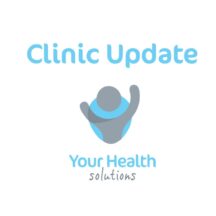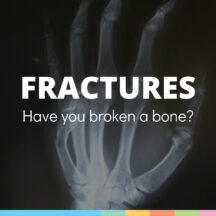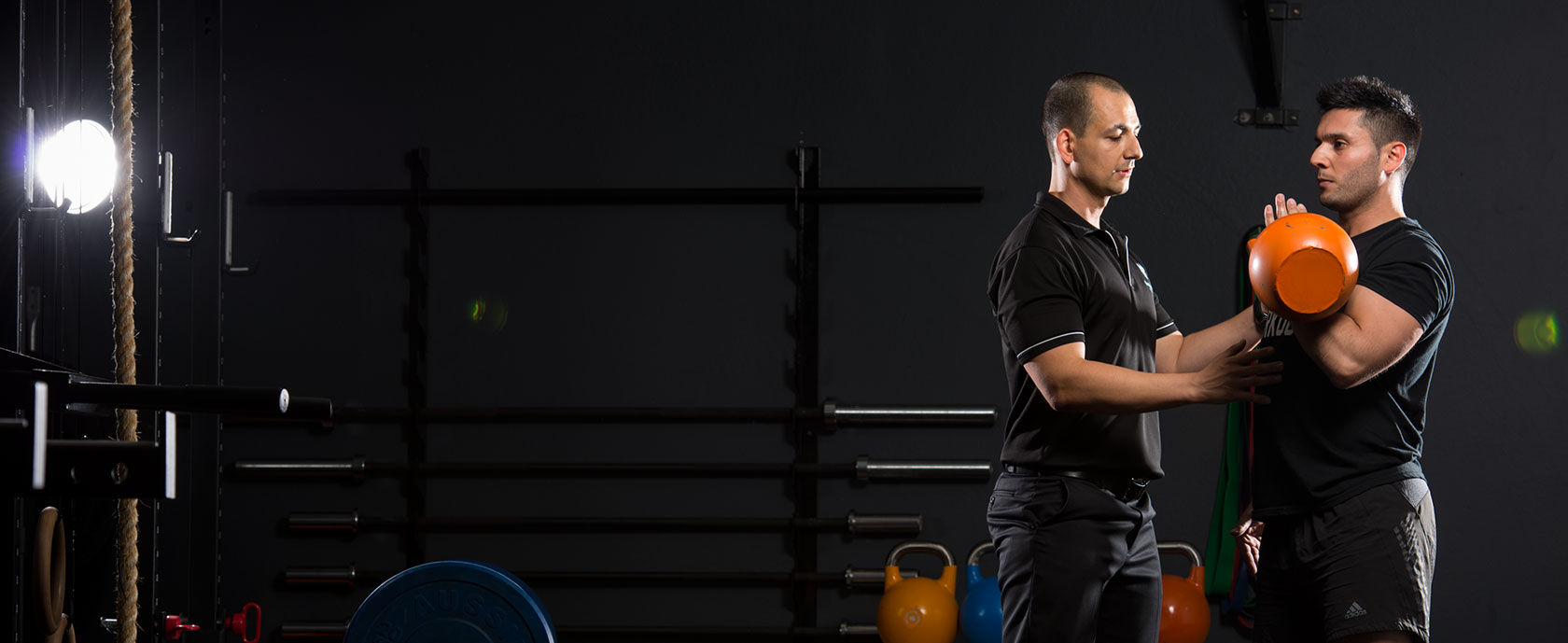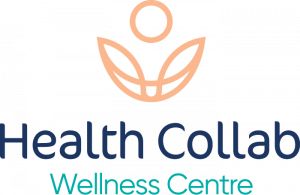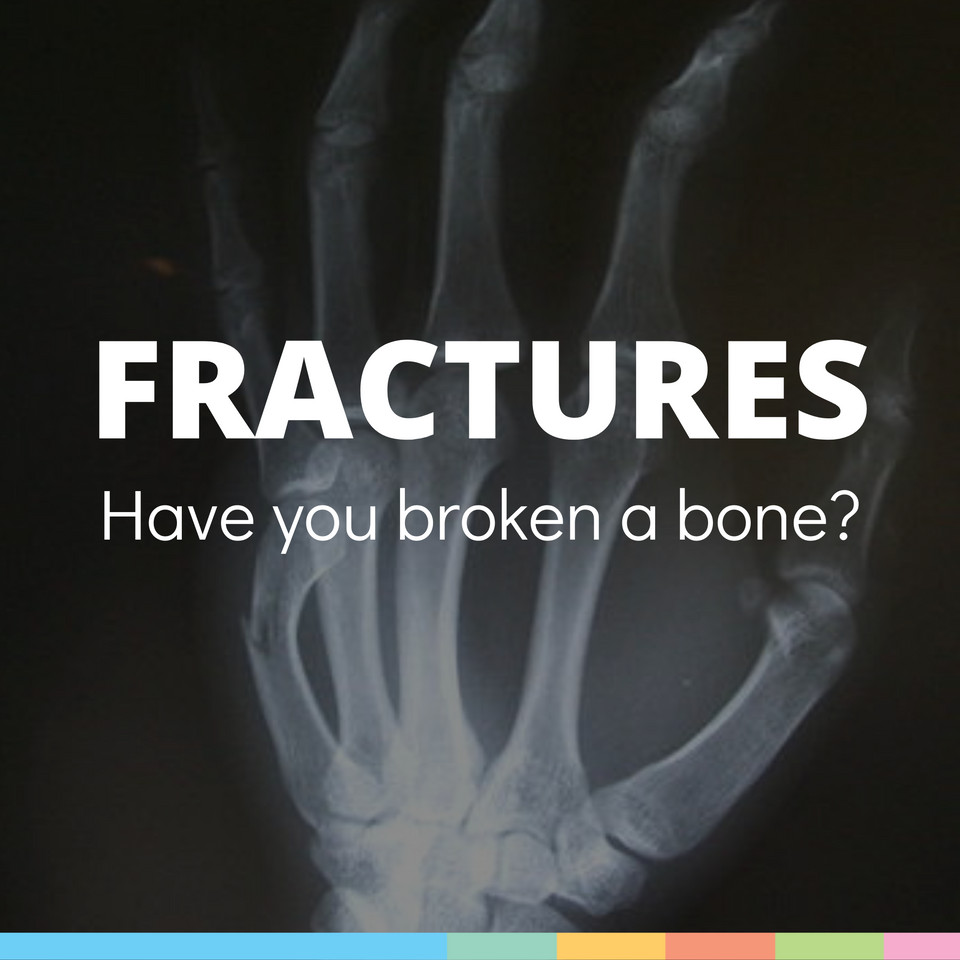
Have you broken a bone?
Our Fracture Clinic is now up and running helping manage arm, wrist, foot and ankle fracture. Our physiotherapists can offer a comprehensive plan, based on your goals of what you need to do getting back to work or on the sporting field.”
With warmer weather allowing return to sporting events and kids being kids, we have seen a number of fractures in the last few months.
So we thought we would help you out with:
- What to do if you suspect a fracture
- What options you have in terms of bracing
- What should you consider when managing a fracture, once the brace comes off.
What should you do if you suspect a fracture?

In the instance where you been involved with serious trauma, you should always contact 000 (especially if there is any suspected head or spinal trauma) and get urgent medical assistance.
However in more mild injuries like an ankle sprain or a minor fracture to the wrist, forearm, or even collar bones it can be tricky to diagnose. Xrays are usually the first type of imaging that can assess your bones for any break.
However, we have seen patients that present to our clinic, reporting only mild pain, some local swelling and tenderness. These minor fractures are the ones that can slip under the radar, even when x-rays have initially ruled out a fracture. These minor fractures only come up when further Ct scan or MRIs are used to evaluate the pain that has either gotten worse, or just not getting better.
If ever there is trauma, it is important to be monitored regularly for the first couple of weeks. So it is common for us to see you several times in that first week to help make sure all is ok.
I have a fractured foot/forearm/wrist… Now what?
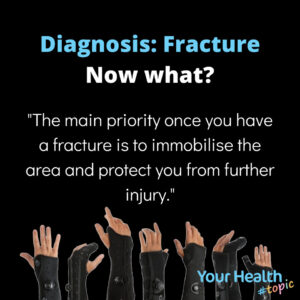
So at this stage let’s assume your pain is manageable. It’s not a major injury requiring hospitalisation, and you have either come to our clinic, or seen your GP. X Rays have identified a fracture, now what?
In young children with fractures involving growth plates, and any individual where the fracture is unstable / moved, then we may refer on for specialist review in case it needs to be escalated, and surgery is needed.
Simple, non displaced fractures, away from joints respond well to conservative management and bracing / casting.
In our clinic we use Exos bracing over plaster for upper forearm, wrist, hand fractures. There are a number of benefits:
- It can get wet – One big frustration with traditional plaster casts is that they cant get wet. Our EXOS braces are great in that they can get wet in the pool or shower.
- They are easily remoulded as required – Sometimes casting needs to be re-done in the early days as your swelling reduces, and you require more support, or an initial plaster is not set in the best position. In either case, we can quickly and easily re-shape the cast for a better, more comfortable fit.
New technology has allowed for better patient management, ensuring the best chance of a great outcome for you.
How often should I come in?
 In our clinic, we keep a very close eye on you for the first 6 weeks to make sure you have the best outcome. We have seen some patients come in after a fracture has been managed elsewhere, and they have had no guidance on how to best manage the injury, or what is required once the brace / boot comes off.
In our clinic, we keep a very close eye on you for the first 6 weeks to make sure you have the best outcome. We have seen some patients come in after a fracture has been managed elsewhere, and they have had no guidance on how to best manage the injury, or what is required once the brace / boot comes off.
So many patients have come into our clinic after being managed elsewhere, with no education, no plan, no advice how to manage it… The result is stiffness, and reduced function that takes longer to overcome.
What happens when the brace is off.
There are several objectives of rehab following a serious injury like a fracture.
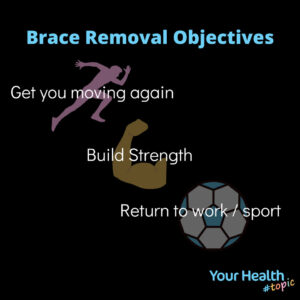
- Get you moving again – following fracture stiffness, reduced range of motion is very common. We need to get you moving again, setting you up for your strength phase.
- Build strength – 6-8 weeks of no movement will leave you weak. Getting you back to where you were before your injury.
- Return to work / sport – getting you back doing what you need and want to do
The Takeaway
Breaking a bone can be painful in more ways than one.
The key is to have a clear plan, and the right environment to support you on your road to recovery.
Reach out if you need any help, we are here for you.


